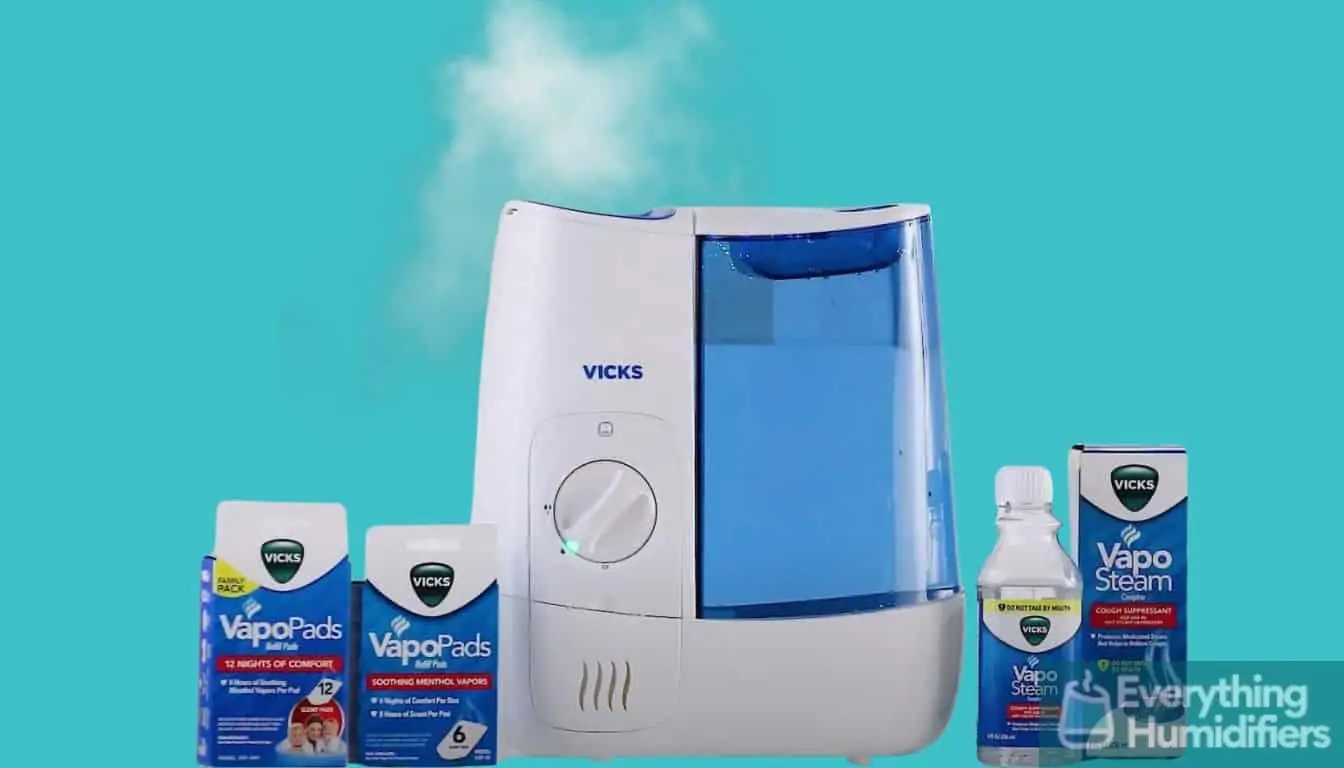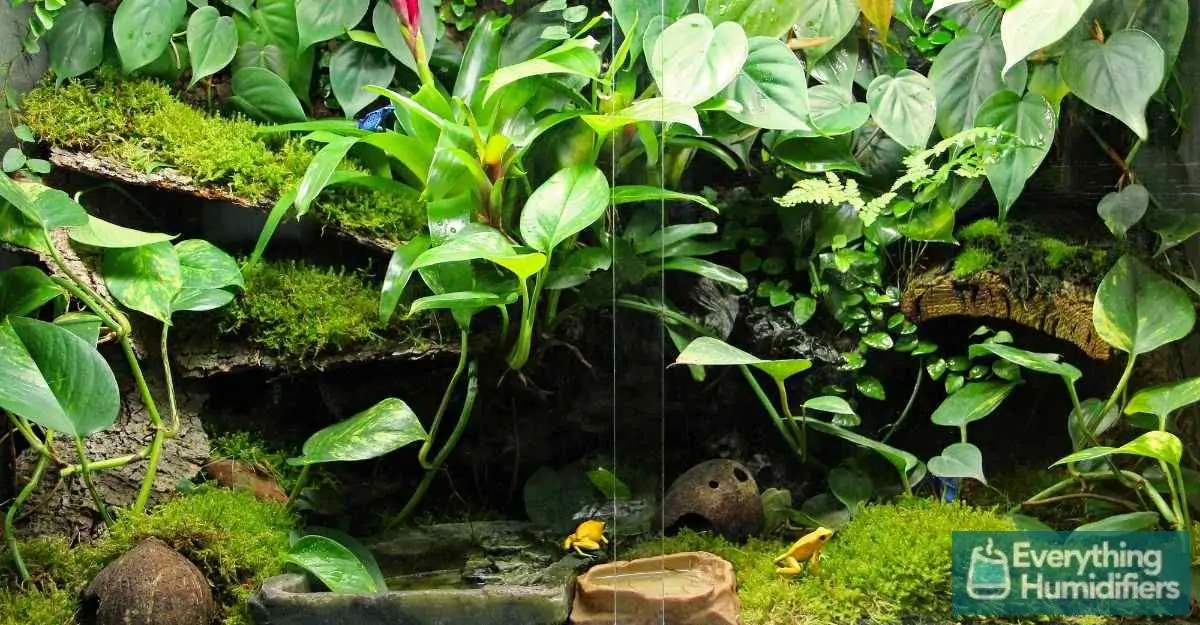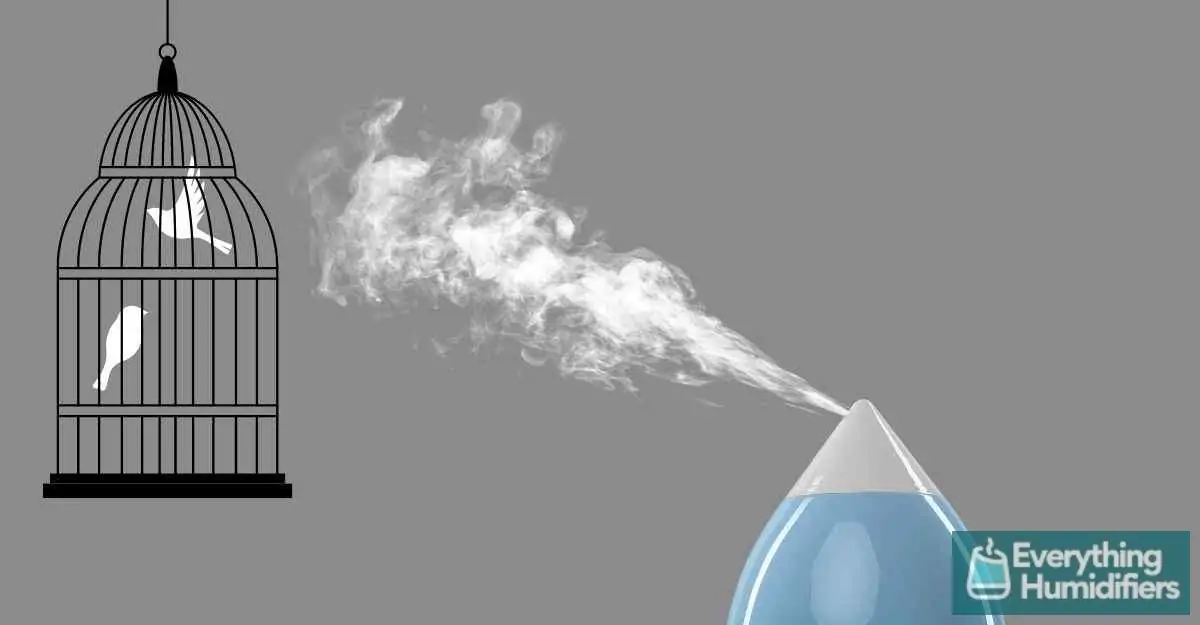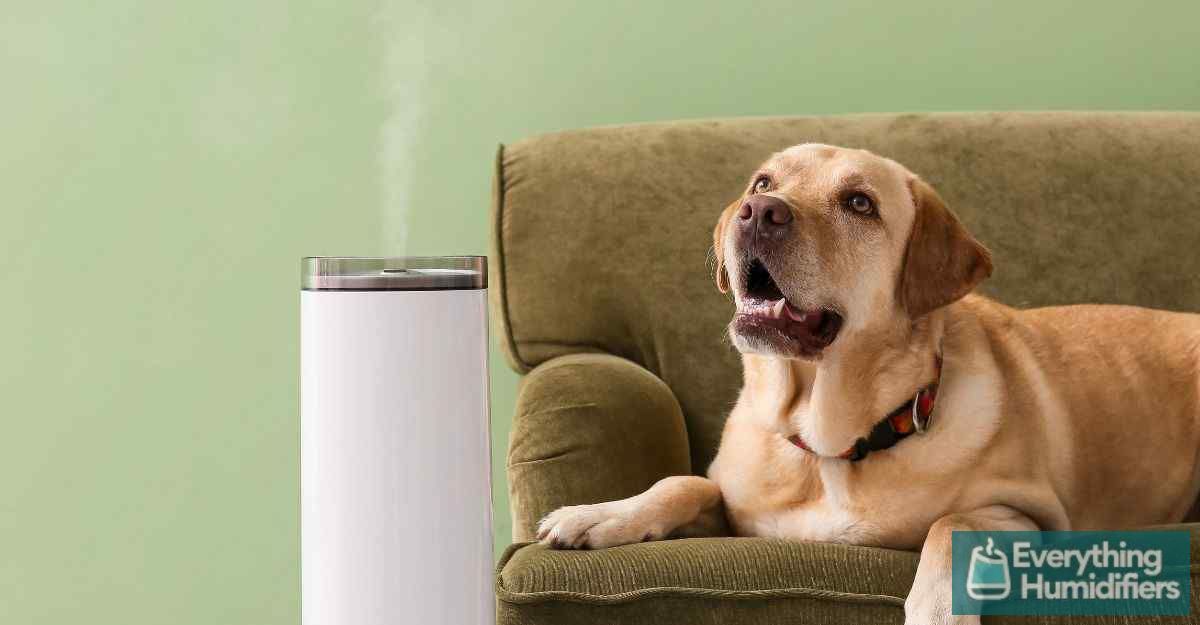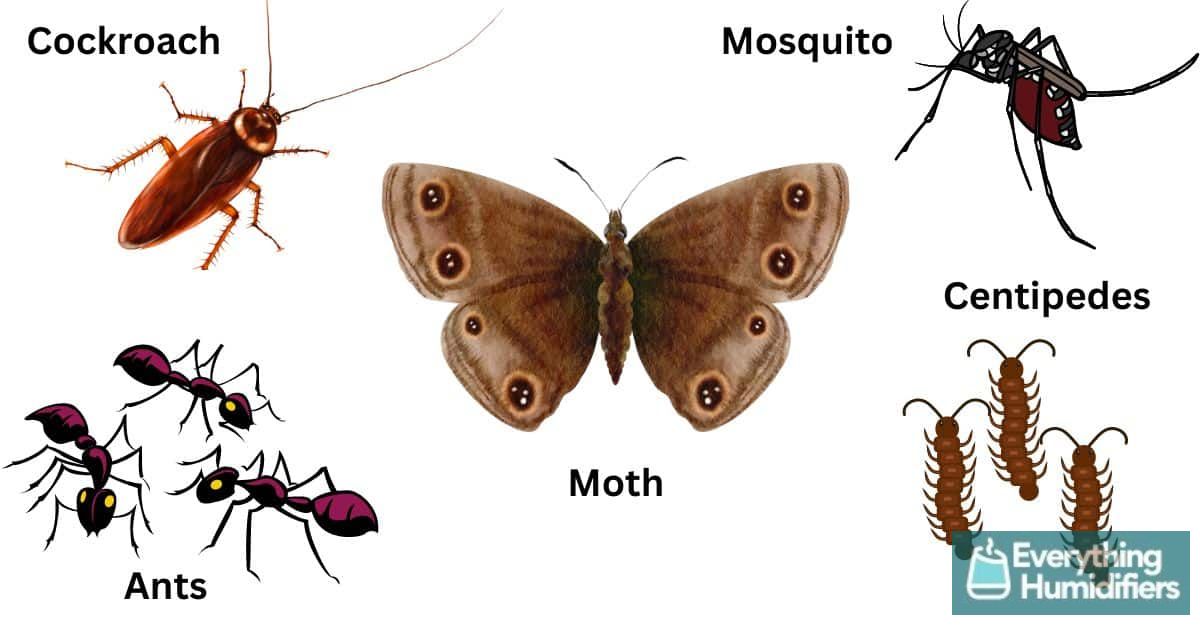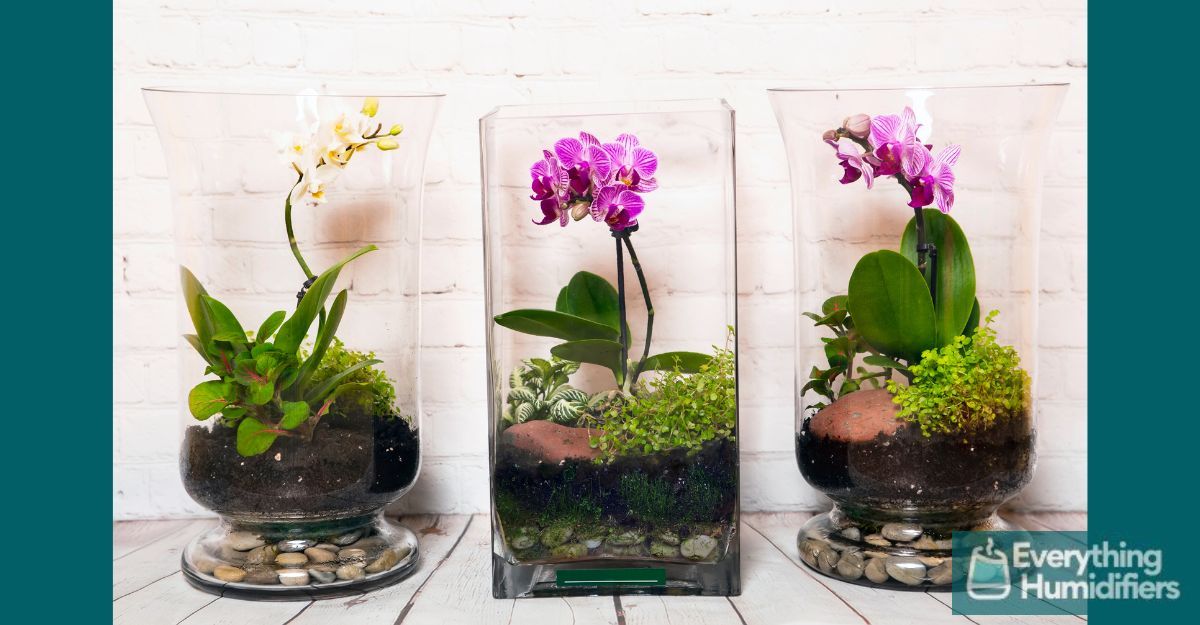There are many obvious reasons why a commercial humidifier should be used in business or industrial environments, but many companies often overlook the value of using humidifiers in the workplace and believe that installing air conditioning to combat hot days and using central heating systems in the winter months, is sufficient to get the job done.
The fact is that there’s one element that many companies may not be aware of that can become a problem if not maintained properly: it’s called relative humidity. That’s the amount of moisture in the air.
Maintaining proper humidity levels in a commercial environment may make all the difference between a business running smoothly or encountering several problems as there are many risks associated with too little or too much moisture in the air.
Too little humidity can cause:
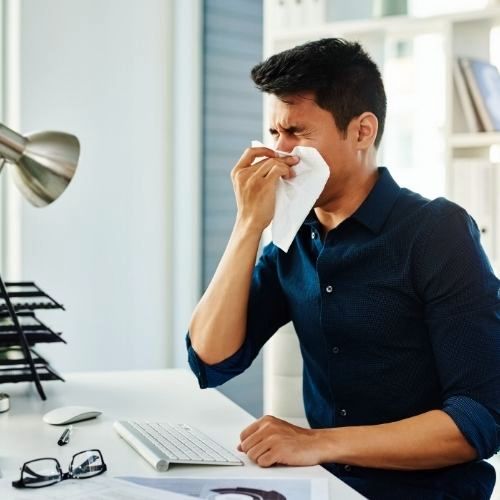
Health problems and general physical discomfort for employees and customers
Damage to electronics and other sensitive mechanical equipment or components
Damage to inventory that is vulnerable to incorrect humidity levels such as paper, books, textiles, foodstuffs, packaging, etc.
Static build-up due to dry air present a risk of fire to companies working with flammable materials or hazardous chemicals or equipment
Too much humidity can cause:
- The build-up of mold in fabrics, carpets, textiles, and furniture
- Warped, rotting, or splitting woodwork, damage to interior wooden structures, or wooden floors
- Corrosion in steel structures and metal components
- Damage to electronics and other sensitive equipment
Humidity Occupational Health and Safety Recommendations
What temperature should an office be?
CCOHS Canadian Centre for Occupational Health and Safety
Recommendations provided by CSA Z412-17 Office Ergonomics – An application standard for workplace ergonomics include: Summer conditions: optimum temperature of 24.5°C with an acceptable range of 23-26°C Winter conditions: optimum temperature of 22°C with an acceptable range of 20-23.5°C CSA recommendations for temperature (above) are listed at an average of 50% humidity.
The American Society of Heating, Refrigerating, and Air Conditioning Engineers (ASHRAE) Standard 55 – 2013 Thermal Environmental Conditions for Human Occupancy offers that these recommended temperature ranges have been found to meet the needs of at least 80% of individuals. Some people may feel uncomfortable even if these values are met. Additional measures may be required. In some situations, legislation may have specific requirements. A list of temperature requirements found in legislation is available in the OSH Answers document Temperature Conditions – Legislation
CCOHS Canadian Centre for Occupational Health and Safety
17 Very low relative humidity, less than 20%, may sometimes cause skin or eye problems in some individuals. It is unlikely that low relative humidity itself is a cause of SBS (Sick building syndrome), but indirect effects may have a bearing on factors such as static electricity build-up, offgassing, and the presence of airborne dusts and fibres. High relative humidity, in excess of 70%, is uncomfortable, and health may be threatened through the development of surface condensation and mould growth. Levels of relative humidity in the range of 40 to 70% are recommended for the workplace environment. At higher temperatures, the relative humidity should be at the lower end of this range.
Health and Safety Executive (UK)
With regard to humidity, if it is too high this will cause discomfort (excessive perspiration, exacerbation of the effects of high temperature, feelings of ‘closeness’, etc) and if it’s too low it can cause respiratory problems. Optimum humidity levels are between 40% and 60% – but in any case they should be kept between 30% and 70%. Humidity levels below 40% will begin to cause problems for workers with conditions such as sinusitis.
Victorian Trades Hall Council’s (VTHC) Occupational Health and Safety Unit, Australia
What Kind of Companies Use Commercial Humidifiers?
Commercial humidifiers are widely used in high-traffic areas such as offices, restaurants, hospitals, the manufacturing sector, libraries, and other similar commercial environments.
Benefits Of Using Commercial Humidifiers
There are many benefits associated with using humidifiers in all types of businesses.
Here are just some of the key reasons why it is a good idea to humidify the air in your business.
Keeps the air comfortable and healthy for employees
Correct humidity levels have a direct impact on the health and wellbeing of employees, preventing dry skin, allergies, and other respiratory problems associated with dry air.
Humidifiers help reduce worker fatigue by maintaining comfortable humidity levels. This makes it a more pleasant environment to work in and increases productivity.
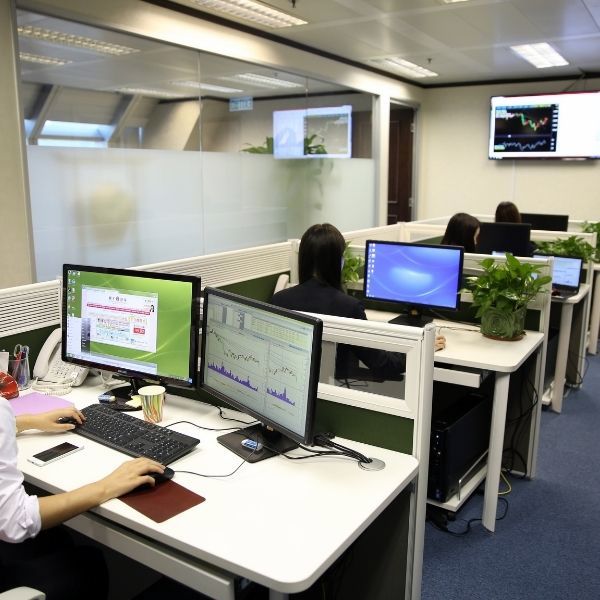
Prevents electronic equipment from overheating
Too much humidity can cause electronic equipment to overheat as well as cause corrosion. This can be prevented by correctly regulating humidity levels.
Reduces noise
Humidifiers help to reduce noise levels in the office by adding moisture to the air, which makes it a more pleasant and quieter environment to work in.
Protects documents and photographs
By keeping the air at the correct moisture levels, humidifiers help to protect paper, documents, and photographs from becoming brittle or fading.
Saves money on energy bills
Humidifiers can also save money on energy bills by regulating the overall temperature of the environment.
Eliminates dust
By adding humidity to the air, a humidifier can reduce the amount of dust that accumulates which can have a negative impact on sensitive electronics as well as other equipment.
Preserves wood
Wood is a natural material and needs moisture to stay healthy. When the air is too dry, wooden furniture or floors can start to warp and crack.
Reduces the risk of fire for companies working with flammable materials
Industrial humidifiers eliminate static build-up caused by dry air, thereby reducing the risk of fire for manufacturers working with flammable or hazardous materials.
Types of Commercial Humidifiers
Several types of humidifiers are utilized in businesses and industrial environments. Below is a summary of some of them:
Evaporative Cool-Mist Humidifiers
Evaporative Humidifiers are widely used in commerce and industry. A fan blows air through a moistened filter, and this causes the water to evaporate and release moisturized air into the room.
Ultrasonic Humidifiers
Ultrasonic Humidifiers are another popular choice when it comes to the commercial use of humidifiers. These humidifiers use high-frequency sound waves to create an atomized water mist that moisturizes the air.
Steam Humidifiers
Steam Humidifiers heat water until it boils. The hot water then vaporizes, releasing humidified air.
Portable Humidifiers
Portable Humidifiers are small, self-contained units that can be moved from room to room. They use a fan to blow air over a moistened filter. Portable humidifiers can be useful when placed in small office areas, or near desks or workstations.
Central Humidifiers
Central Humidifiers are large, self-contained units that are installed in the ceiling or walls of commercial enterprises such as greenhouses. They use a fan to blow air over a moistened filter. This causes the water to evaporate, and the humidified air is then released into the room through ducts.
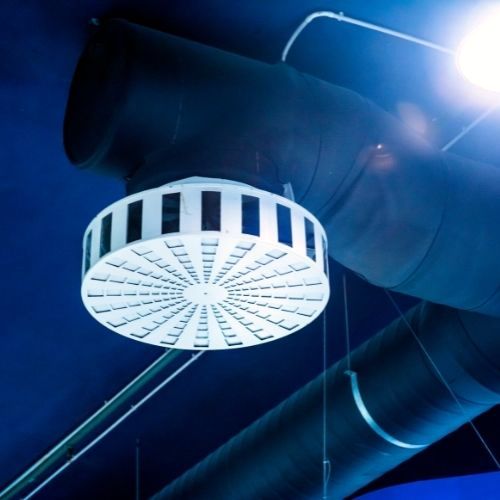
Summary
As can be seen, the use of commercial humidifiers has many advantages in the workplace as well as in other commercial or industrial environments; saving money on energy bills, reducing noise levels, reducing employee fatigue, avoiding breakdowns or the malfunction of equipment, reducing fire risk and, perhaps more importantly, by maintaining a safe humidity level in the workplace they are beneficial to the health and wellbeing of both employees and customers.


